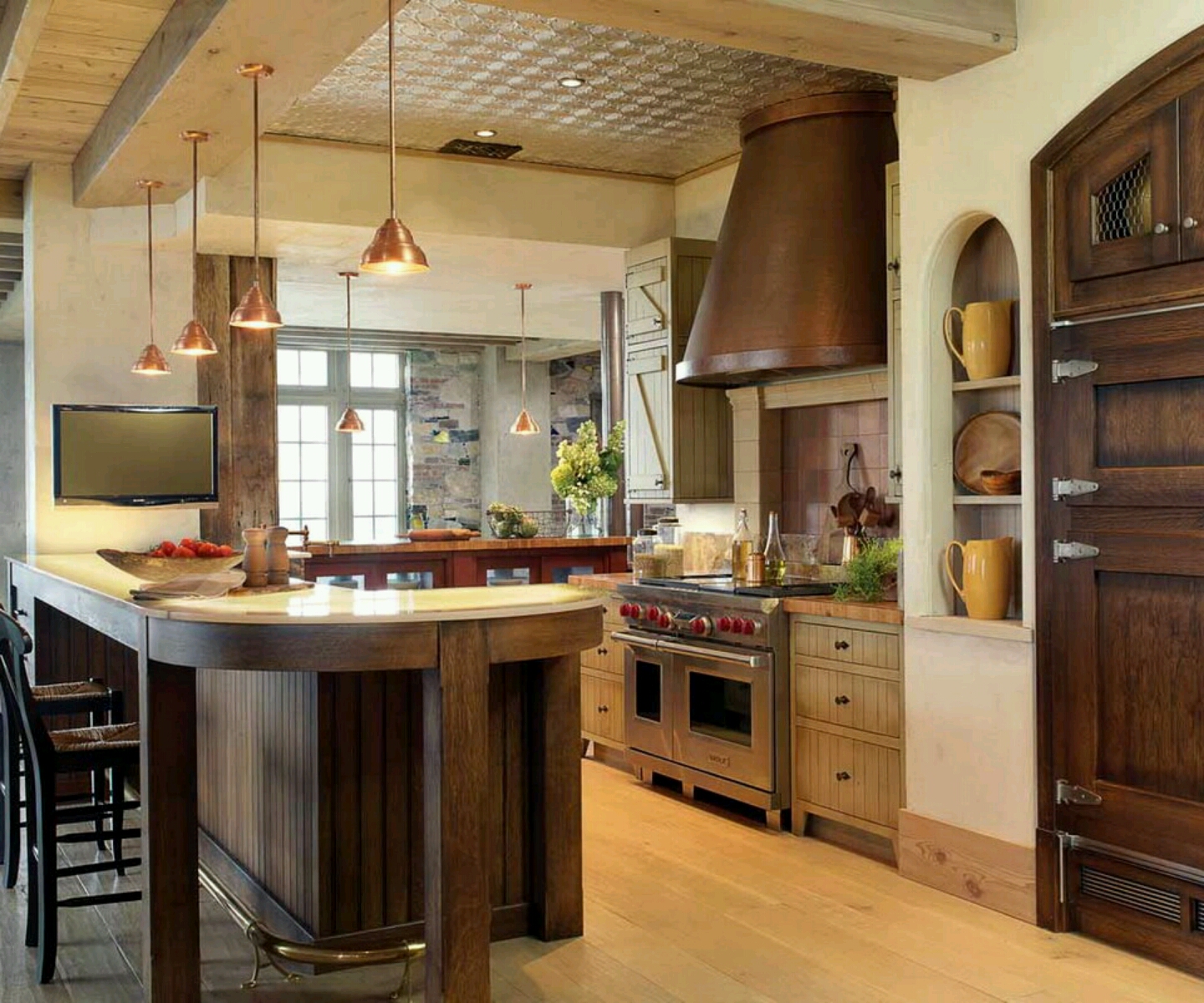Introduction
Noguchi sculptures are unique and striking, blending nature and geometric forms to create sculptures that are both beautiful and thoughtful. Isamu Noguchi, the artist behind these works, was influenced by his Japanese heritage and his travels around the world. He created sculptures that focused on the relationships between people, nature, and the built environment. This article will explore the history and impact of Noguchi sculptures, their themes and motifs, and the famous works that make up the collection.
History and Impact
Isamu Noguchi was born in Los Angeles in 1904 to Japanese and American parents. His father was a poet, and his mother was a writer. As a child, Noguchi spent time in Japan with his mother’s family, where he developed an interest in traditional Japanese art and culture. He later studied sculpture in New York City and developed a unique style that was influenced by both the art of ancient civilizations and contemporary artistic movements.
Noguchi sculptures have had a significant impact on the world of art and design. They have been displayed in museums and public spaces around the world, from the Hirshhorn Museum in Washington D.C. to the UNESCO headquarters in Paris. The sculptures often incorporate natural materials, such as stone or wood, and their minimalist designs have inspired many architects and designers.
Themes and Motifs
Noguchi sculptures often explore themes related to the natural world and the relationship between people and their environment. Many of his works draw on Japanese aesthetics and incorporate elements such as water or rocks. Others explore mathematical or geometric forms, highlighting the beauty of simple shapes and patterns.
One of the most significant motifs in Noguchi’s work is the idea of the “organic,” which he defined as the “interpenetration of life and death.” His sculptures often reflect this concept through their integration of natural forms and materials.
Famous Works
There are many famous Noguchi sculptures, ranging from large public works to smaller pieces designed for interior spaces. One of the most well-known is the “Red Cube,” which was designed for the Marine Midland Bank Building in New York City. The abstract cube, which is painted bright red, stands out against the surrounding skyscrapers and has become a symbol of the city.
Another famous work is the “Isamu Noguchi Garden Museum,” which is located in Long Island City, New York. The museum is made up of a series of interconnected galleries and outdoor spaces, featuring many of Noguchi’s own sculptures as well as works by other artists.

